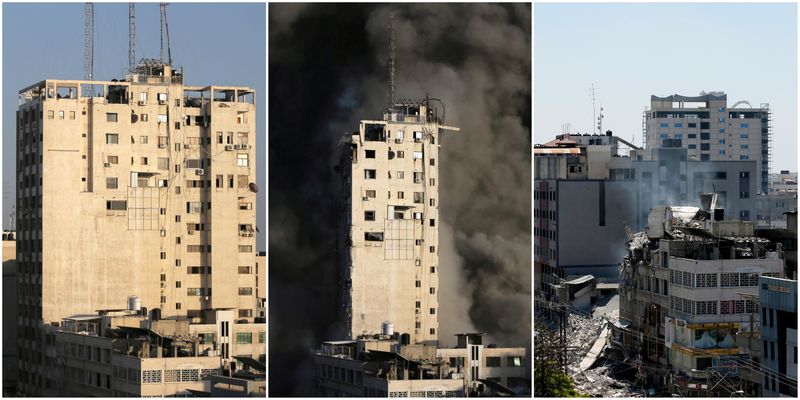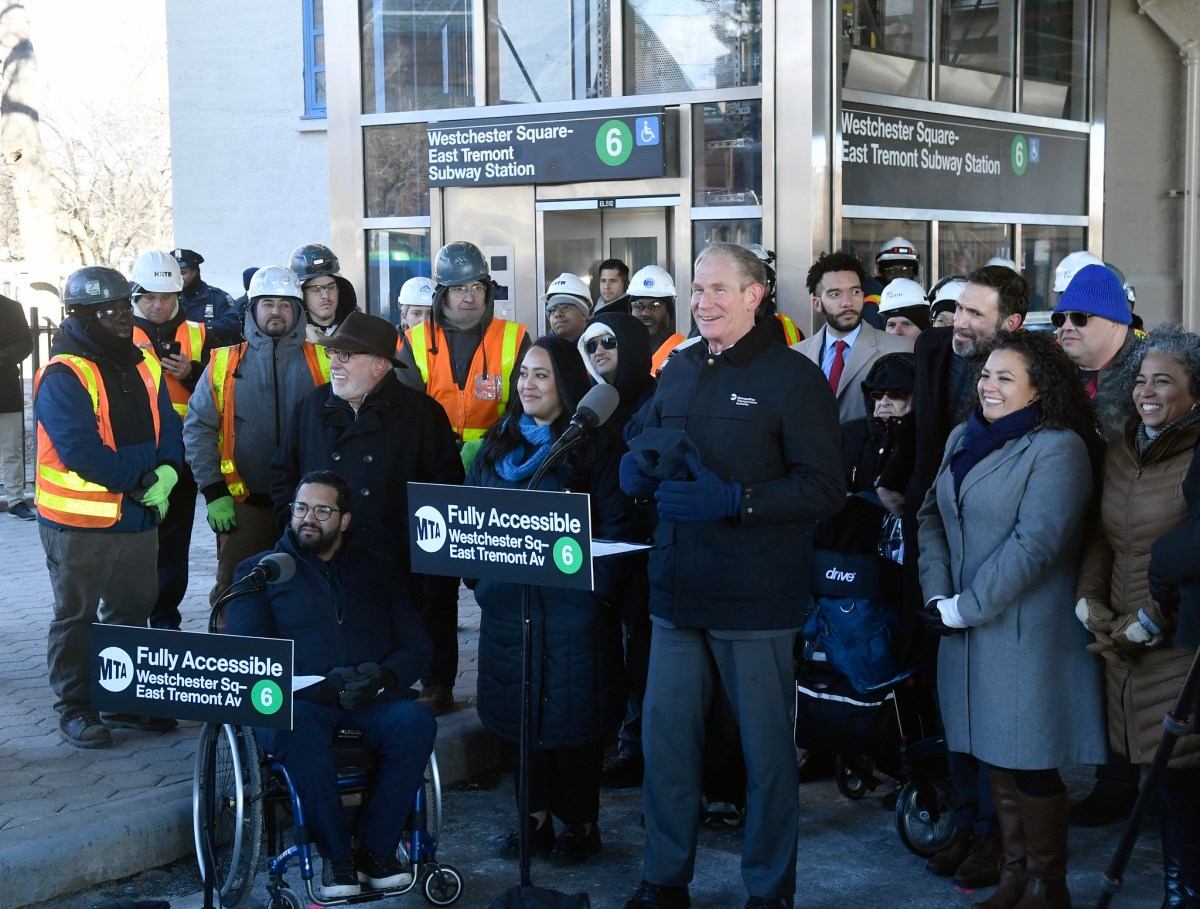GAZA/JERUSALEM (Reuters) – The building watchman spoke on his mobile intently, pacing up and down a quiet street in Gaza. In video footage caught by an onlooker, Jamal Nasman showed no panic. Yet what he was hearing was deadly serious.
He later told Reuters an Israeli officer had been giving him advance warning that the 13-storey block he looked after would be the target of an air strike. Israel said Hamas militants used the building.
Amid the fiercest escalation in fighting between Israelis and Palestinians since 2014, this is what Nasman said in Tuesday’s call, offering an insight into how – at least sometimes – these neighbours and antagonists fight their wars:
“How much time do you want?” Nasman stops to listen. “Two or three hours? You said two or three hours and then no one should be there?” Pause. “So I’ll go to the block and say no one should come?”
Another man leans in, eager to hear the caller. “Ok, got it. The drone will hit it once and then two more times.” Pause. “Then you’ll strike the block.” The 67-year-old father of eight stops again. “Yes, right, no problem, just a moment … everyone has exited the building, even those from the buildings around are standing on the road – there is no one.”
The building that had residential apartments and Hamas offices, which Israel said included intelligence and military operations, was evacuated. First, small missiles struck the block in Gaza City’s Rimal district, then boom, the building crumpled, footage showed. Hours after it was destroyed, Israel confirmed it had given a prior warning for civilians to leave.
This is not what always happens when Israel strikes what it deems a military target.
It says it makes every effort to preserve civilian life and accuses Hamas – the group that rules Gaza and which it deems a terrorist organisation – of using civilian areas to mount operations, such as planning attacks or firing rockets at Israeli towns and cities.
Gaza residents and other Palestinians say Israeli actions are more indiscriminate and aim to punish communities, not just militants. They say the vast majority of sites are hit without prior warning.
Yet the mobile exchange that preceded the strike on the Rimal block has become a more common feature of conflict since the 2014 escalation in Gaza: Israel’s army makes a call, tells residents to evacuate, tap-tap-tap go the small missiles as a final warning – and then a big one brings the building down.
ROOF-KNOCK MUNITIONS
“We select warheads with the necessary lethality to hit those who need to be hit, and to reduce the impact on others,” said an Israeli official, who spoke to Reuters on condition of anonymity, saying careful intelligence preceded the strikes.
“Roof-knock munitions have also been used as part of our warnings on residents to get out in advance,” he said. Operations by Hamas turn the buildings into legitimate targets, he said.
Footage by residents using smartphones, or recorded by Israel’s military or the media, including Reuters, have shown some blasts that are contained to a single apartment or bring down a tower block while buildings next door stay standing.
In other cases, television footage has showed residential blocks and ordinary homes in Gaza shattered or destroyed by blasts, whether from direct hits or collateral damage, along with the dead and wounded being carried away.
“Even assuming, as the Israeli government claims, that a 13-storey residential tower in Gaza housed ‘an office that is used by the political leadership’ of Hamas, how is it proportionate for an Israeli air strike to destroy the entire building?” Kenneth Roth, executive director of Human Rights Watch, wrote on Twitter.
Giora Eiland, a former Israeli army general and national security adviser, described Gaza high-rises targeted as crucial assets of Hamas, saying hitting them was “certainly legal and even compulsory for a country that wants to conclude a war”.
Israeli commentator on Arab affairs, Shimrit Meir, said some of the apartment blocks where Hamas had operations were also homes for a wealthier Palestinian elite. When they were destroyed, she said it added to pressure on the group.
“It spells an almost impossible duress for Hamas to deal with,” she said, citing the Rimal district block as an example.
Inside Israel, smaller rockets fired from Gaza have struck a range of civilian sites, although many are brought down first by Israel’s Iron Dome anti-missile system.
Palestinian medics say 87 people have been killed in the conflict that erupted on Monday. The Israeli military say seven have been killed in Israel.
On Wednesday morning, Nawal Khader said Israel struck two apartments on the ground floor of a block, in the centre of Gaza City, where she lives on the 11th floor.
“No one received any warning in advance. We could have left if we did,” the 53-year-old said, adding that her mother-in-law was hospitalised after inhaling smoke from the explosion.
“Once you are home and safe, a minute later you run for your life, this is how Israel wants Gaza to be,” she said.
It was not immediately possible to verify her account.
(Reporting by Nidal al-Mughrabi in Gaza and Dan Williams in Jerusalem; Writing by Edmund Blair; editing by John Stonestreet)


















